Ehrman Crest Elementary and Middle School
CannonDesign embraced color and light when designing Ehrman Crest Elementary and Middle School in Cranberry Township, Pennsylvania.
What kind of building gives students agency to map the course of their own educational journey? Seneca Valley School District put this question to the test with a new K-6 school modeled after a children’s museum. Our team collaborated with the Children’s Museum of Pittsburgh to create a learning environment that allows students to engage with educational content in ways that are most relevant and interesting to them.
As children would see in a museum, the new Ehrman Crest Elementary and Middle School (“Ehrman Crest”) simultaneously brings multiple learning modes together—stunning artwork and photography engage visual learners, intriguing objects captivate tactile learners and interactive exhibits allow learning to soar.
Reimagining the armature
A traditional school building comprises classrooms and assembly spaces that typically direct the types of learning and interaction students experience within them. At Ehrman Crest, a fluid programming structure offers various experiences that develop critical thinking skills throughout the building. Students embark on an academic and physical journey through a series of porous environments—a room, collaboration space, work-in-progress area or the outdoors—to exercise choice in a truly unique way. The result is a captivating environment that transforms historically unused features of a school’s built environment into educational elements that promote out-of-classroom learning.Students learn through individual instruction as well as group experiences. To accommodate both, each grade level is structured in communities that include classrooms, a collaborative area and small-group instruction rooms. This format caters to the academic and emotional needs of students by creating adjacent spaces for teachers and students to engage in one-on-one instruction and for students to work together in groups.
Redefining “flexible” space
More importantly than movable walls and furniture, a truly flexible space allows all to feel comfortable through periods of change. A standout feature of the school’s flexible design is its focus on supporting students holistically within approximately the same area, whether the need is academic focus or emotional rest.Parting from the traditional practice of relocating a student to address a special need, each grade’s community space includes various room types, open spaces, adjustable lighting, views of the outdoors and responsive furniture. This design supports academic and emotional needs simultaneously, eroding the stigma and friction often associated with serving students with special learning needs. The flexible space is a tool that builds community rather than facilitating segregation.
Design: CannonDesign
Photography: Laura Peters

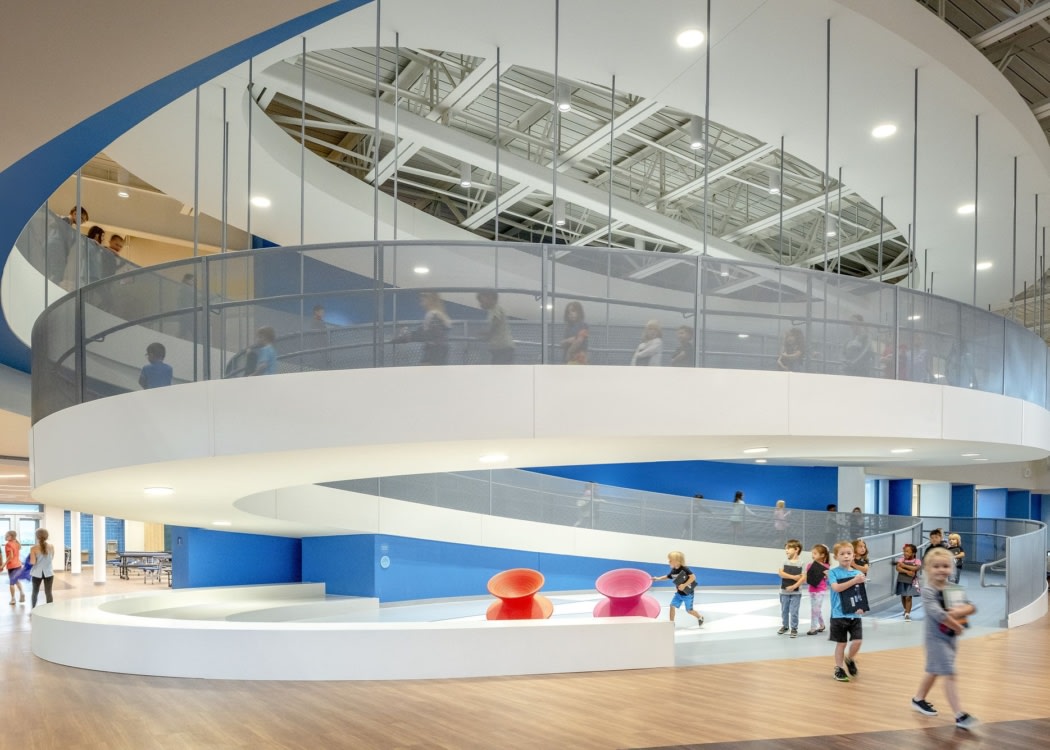
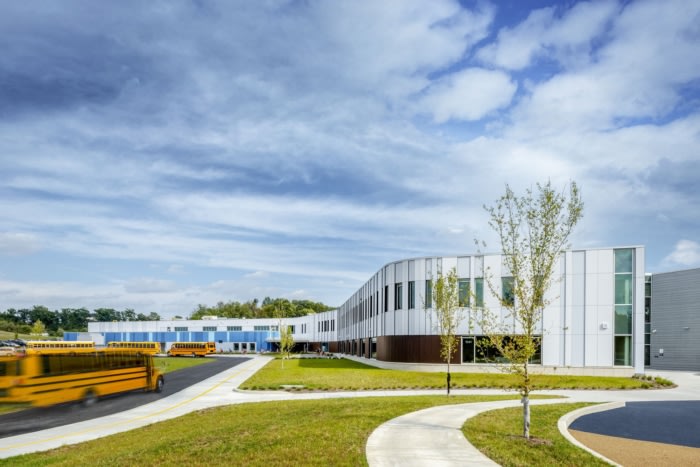
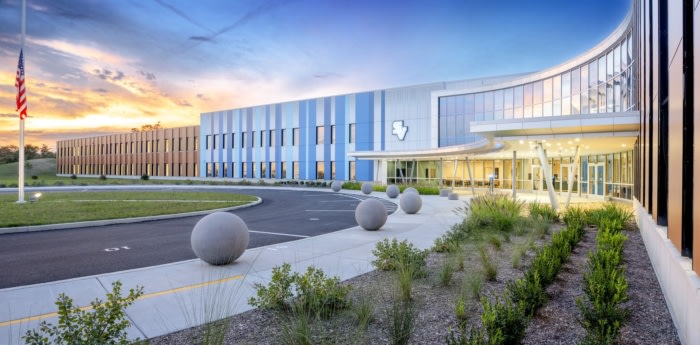
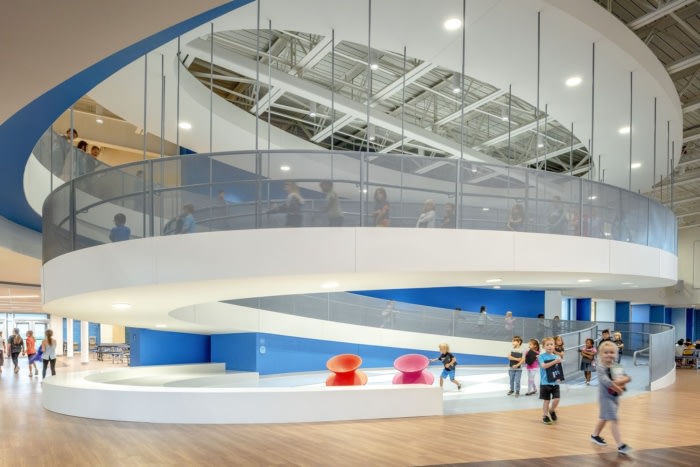
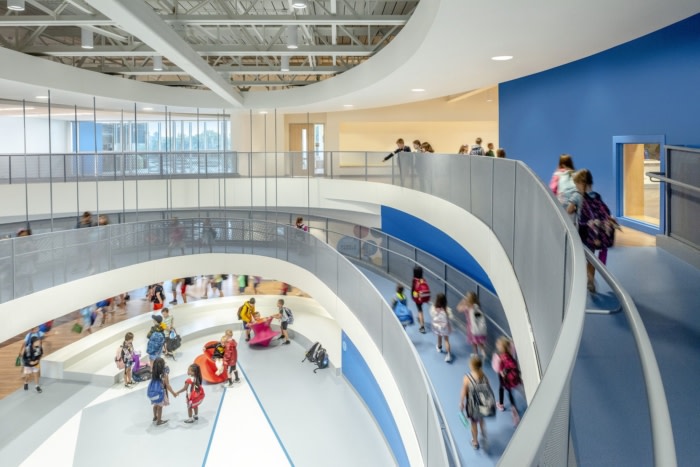
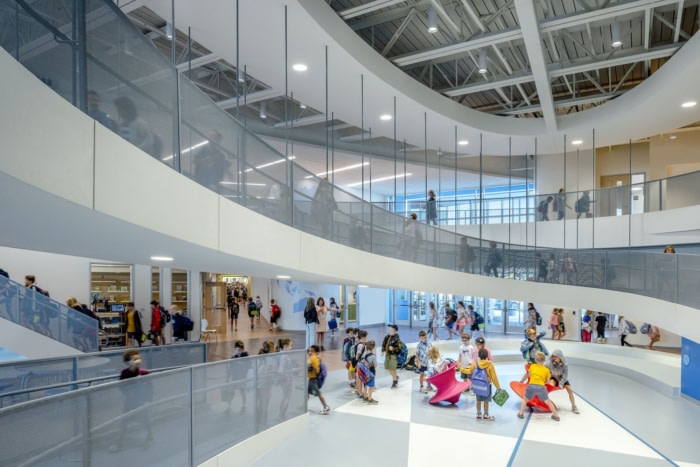
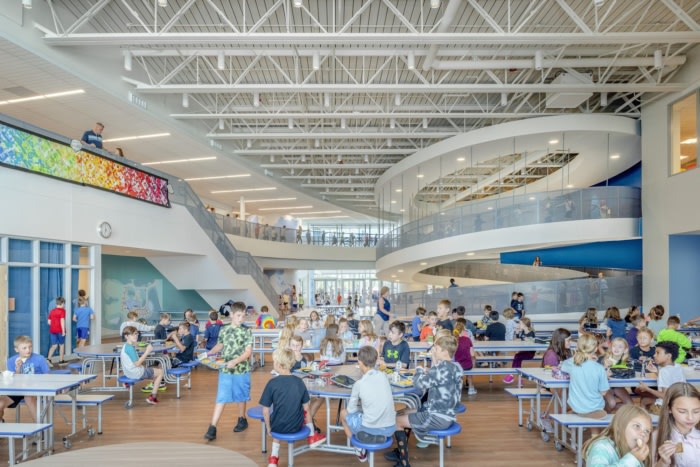
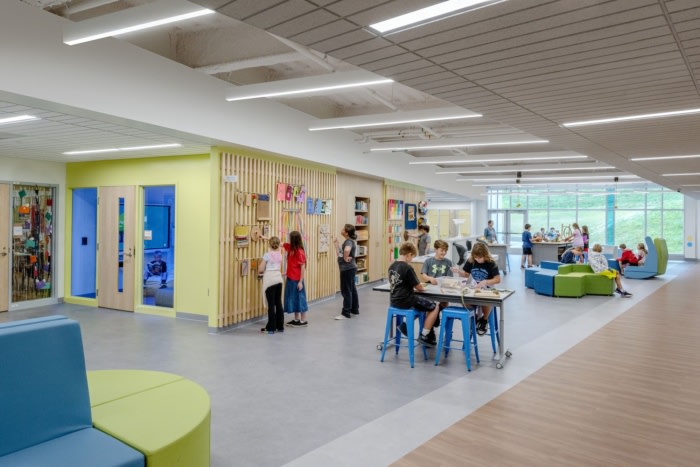

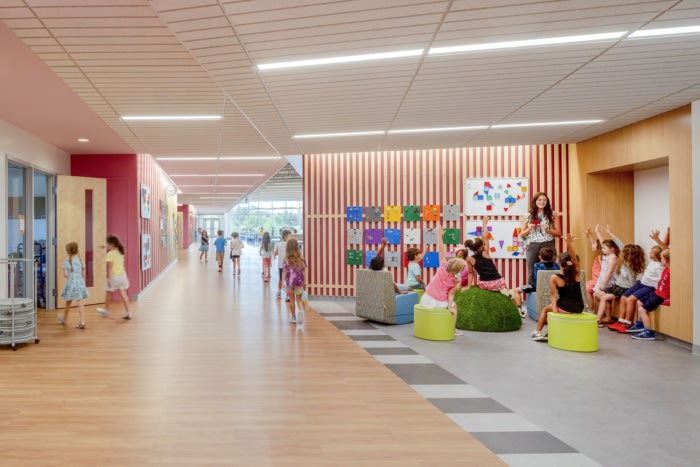
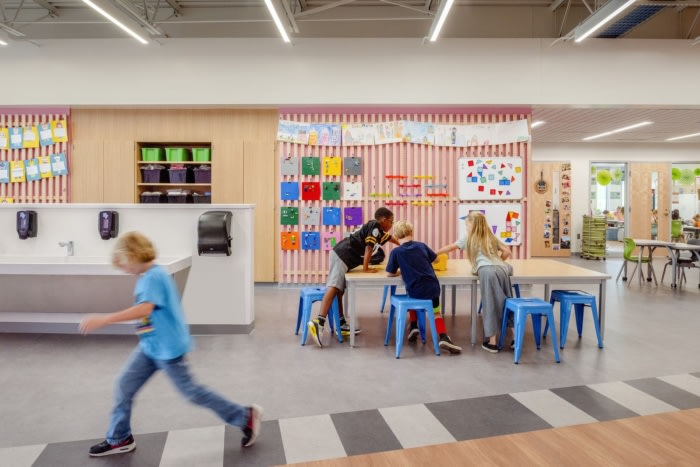
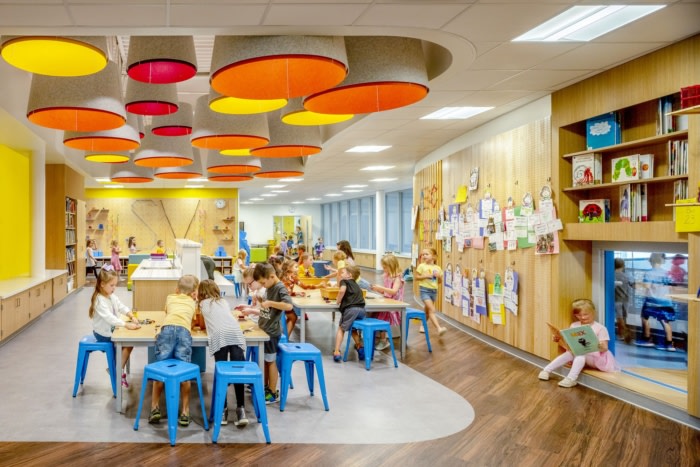
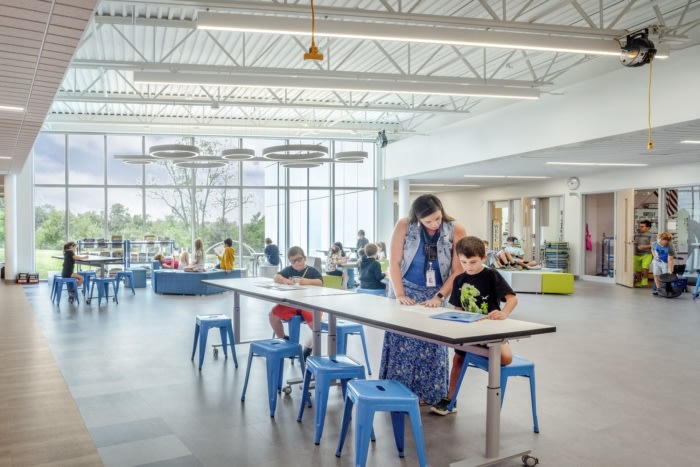


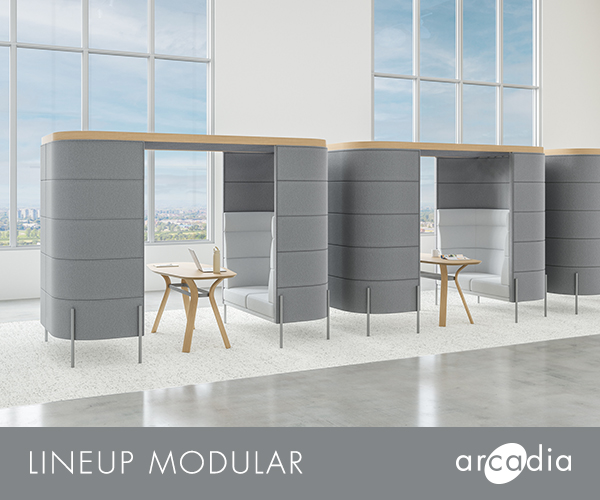

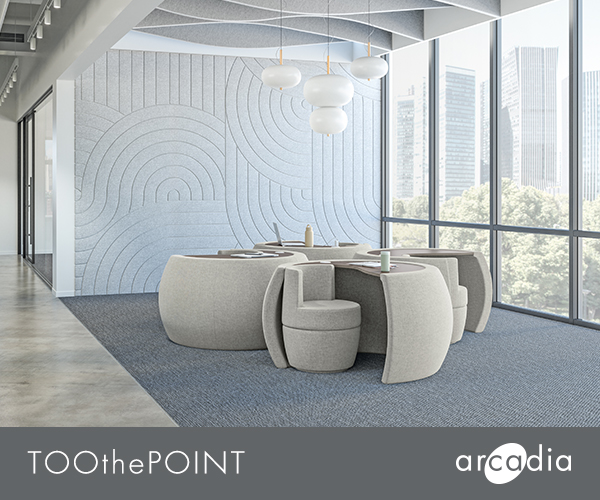



Now editing content for LinkedIn.